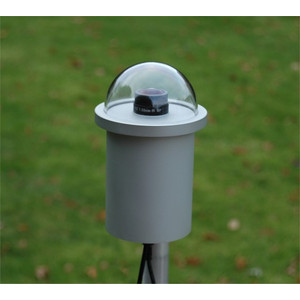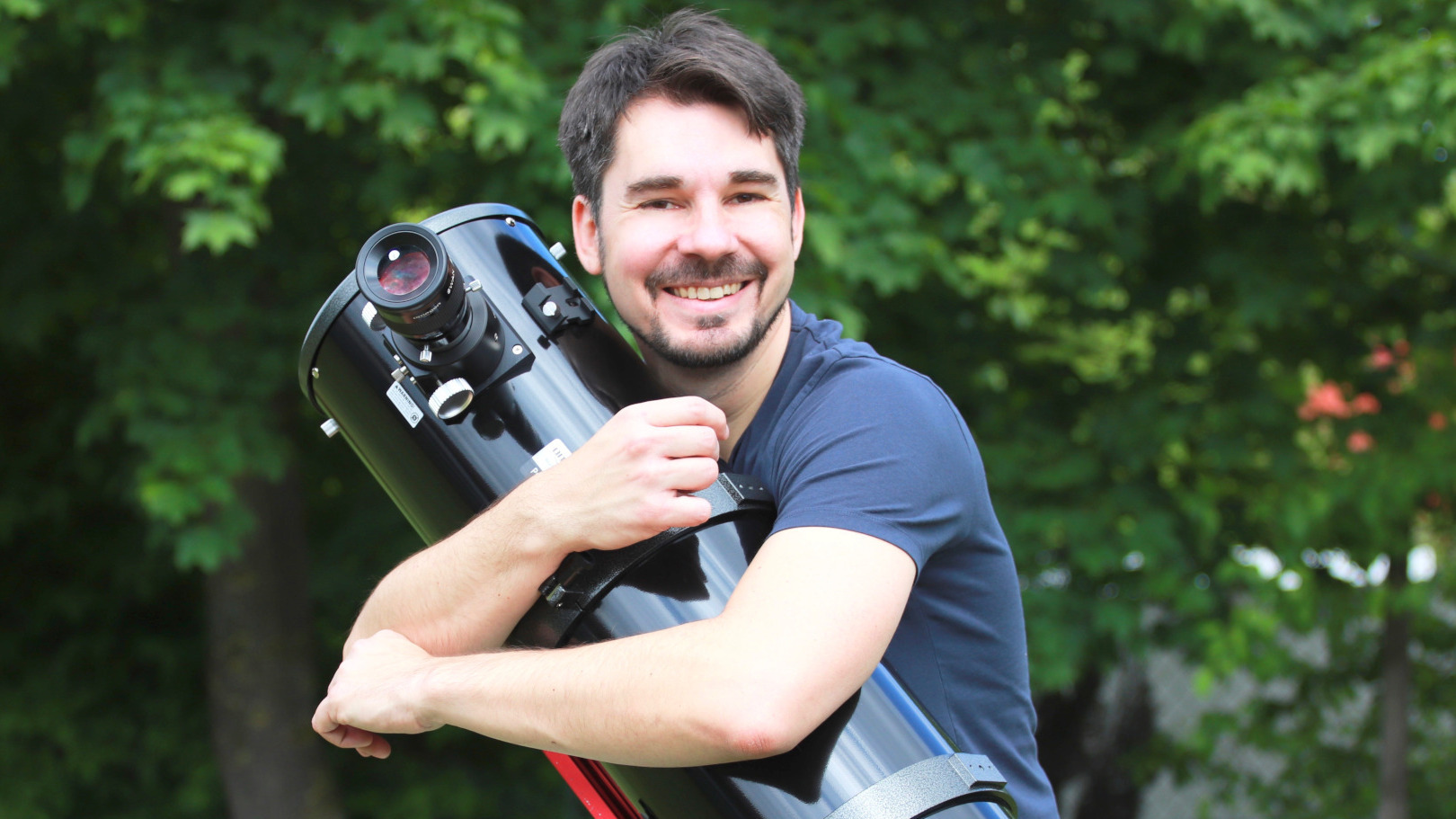Successfully observing the Perseids: here’s how to do it
The shooting stars are on their way: the greatest number of meteors seen all year are visible in August. Follow these tips to successfully observe them.
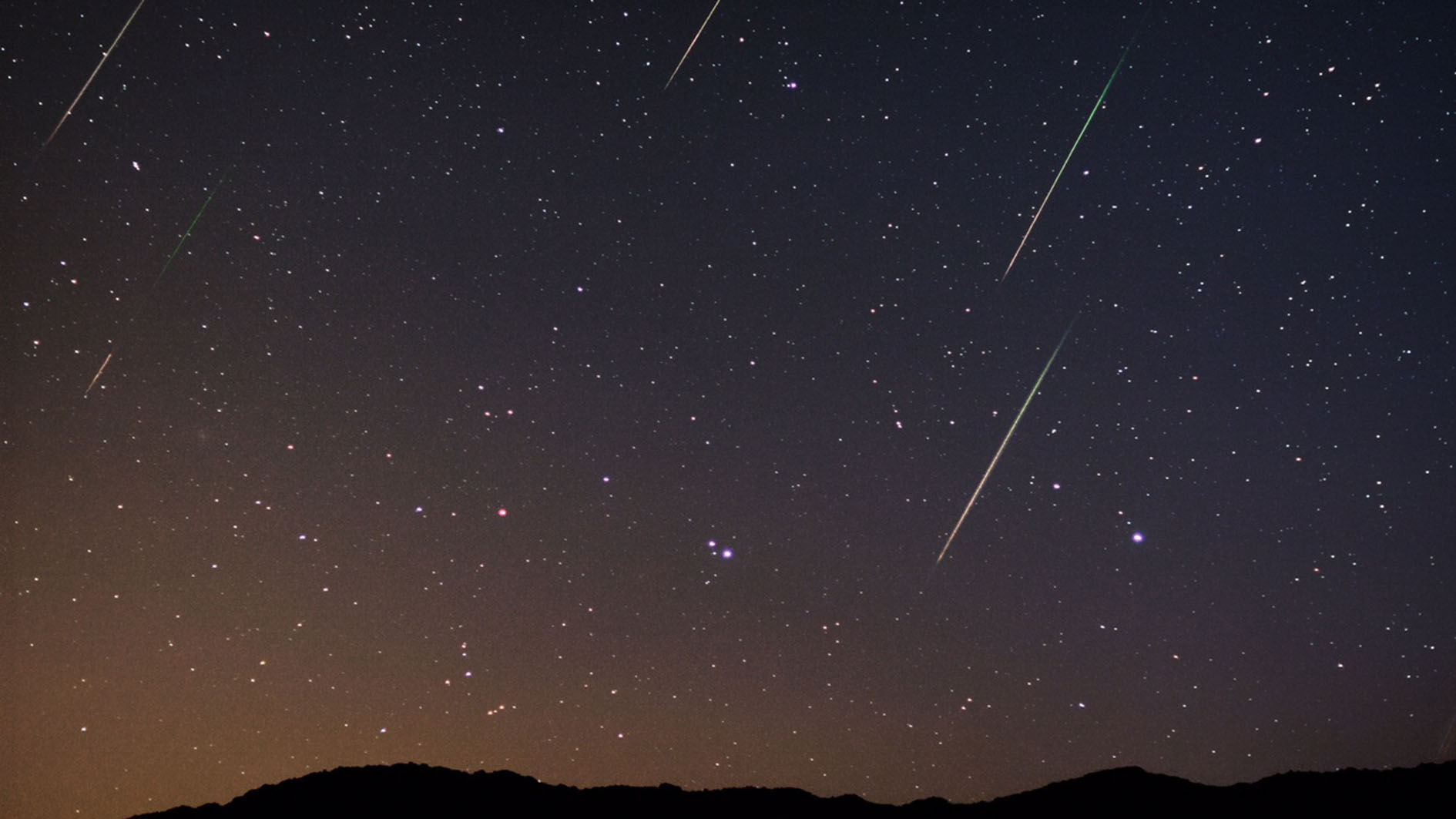 Image of 4 Perseids trails. Photographer: Sebastian Voltmer
Image of 4 Perseids trails. Photographer: Sebastian VoltmerFor many people, the moment they first see a shooting star is really exciting and a totally special experience. You absolutely must not miss it.
If you, too, are a huge fan of shooting stars, then you really must take advantage of the next few evenings. Every year at around this time, the Perseids meteor shower announces its presence.
What are the Perseids?
The Perseids are a meteor shower that can be seen in August every year. They are atmospheric traces of light that seem to flare up between the stars and then disappear again. More shooting stars (also called meteors) than usual appear in the sky at this time of year. That's why August is also known as the shooting star month.
But what exactly are meteors? For some, they are magical light displays in the night sky and for others a scientific phenomenon. For us observers, maybe they can be both.
Astronomically speaking, meteors are dust particles that enter our atmosphere from space at high speeds. The friction between these particles and air molecules creates the typical glow that we see as shooting stars. Most meteors are tiny and already burn up at an altitude of about 80 kilometres. Even if many people associate shooting stars with wishing on a star or a romantic lucky sign, observing them also has an important astronomical significance, for example as evidence of meteoric activity.
When the heavens shed a tear
The Perseids are also known as the "Tears of Saint Lawrence". This reference goes back to a dramatic event in history.
Lawrence, or Laurentius, was a Roman deacon who lived around the year 250 AD. Emperor Valerian, who ruled Rome at the time, tried to destroy Christianity. After Valerian had the Pope beheaded, he demanded that Laurentius hand over church treasures.
Laurentius, however, was also a hero.
He resisted, fought with all his might, and was eventually put to death on a burning gridiron. He died a martyr. Since then, according to the legend, hot tears have always fallen from the sky in August.
Where do the Perseids originate from?
Have you ever wondered where the Perseids come from? That's a good and interesting question. These shooting stars have a family home: it is the comet Swift-Tuttle. This comet was first discovered by Lewis A. Swift and Horace P. Tuttle in 1862 and orbits the Sun in about 133 years. Old records suggest that the comet had been known 2,000 years ago already. During its journey around the Sun in the depths of space, Swift-Tuttle's tail leaves a trail of cosmic material behind, a kind of invisible dust cloud consisting of tiny particles. This "dust" remains behind, while the comet has long left for other regions of the Solar System.
When the Earth crosses Swift-Tuttle's orbital plain on its annual journey around the Sun, it collides with the tiny particles from the cometary tail, which then enter the Earth's atmosphere. Due to the high velocity with which the particles collide with our atmosphere, they glow and the romantic-looking shooting stars emerge, which we know as the Perseids.
It is this natural encounter between the Earth and the remains of Swift-Tuttle which provide us with this enchanting spectacle of shooting stars every year.
Where will I find these shooting stars?
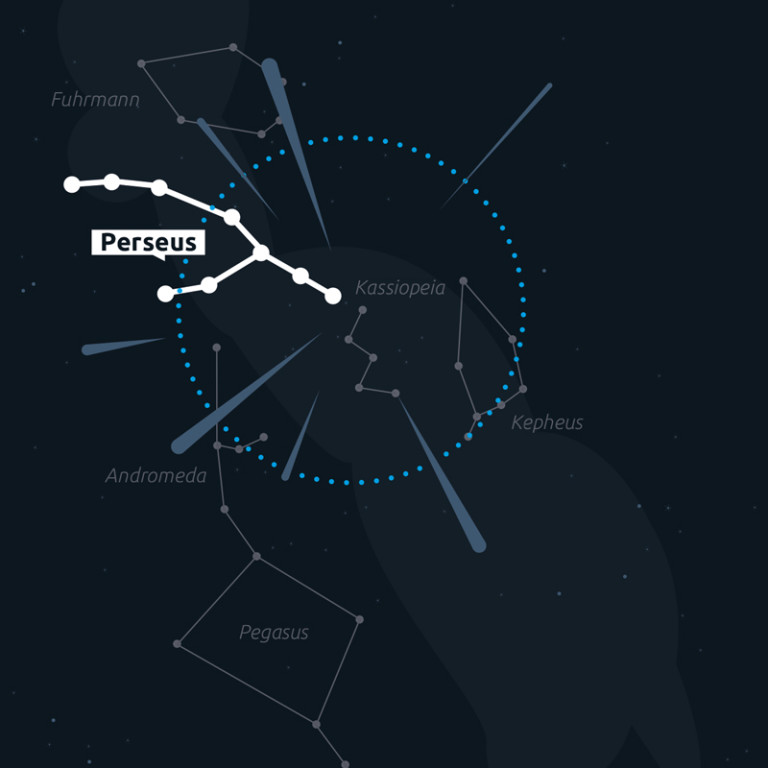
If you trace the meteors back to their place of origin in the sky, they all seem to hail from a certain point. Astronomers call this point the radiant. In the case of the Perseids, the radiant is in the constellation of Perseus, hence the name given to this meteor shower.
If you are looking for a place to observe them from, make sure that you have the constellation of Perseus in your field of view and not hidden by a house roof or something similar.
One advantage for observing: the constellation of Perseus is circumpolar, and so it is visible in the sky all night long. In the early evening it is still close to the northern horizon, but as the night wears on the constellation rises ever higher in the night sky.
Here’s how to observe these August shooting stars
You want to enjoy the Perseids and their activities to the fullest, of course. But this only works with patience, and only then you get the chance to observe numerous meteors. You can’t just watch the sky for a few minutes. Unfortunately, that's not how it works. But don't worry, with the right setup and a few cosy preparations you will be well-equipped for one of the biggest astronomical events of the year.
Your comfortable observation post
You should make yourself as comfortable as possible to observe the Perseids and absorb the starry sky in its entirety. Perhaps you already suspect this: you do not need a telescope for a night of shooting stars, It would even get in the way, because its field of view would be far too small. You only need your eyes. Yes, sometimes you can do astronomy without any gear.
What you need is a deck chair or a camping chair with an adjustable back rest or a camping mat, whatever you prefer or have already at home. These will help you find a comfortable position while observing and will provide you with the required comfort to enjoy your observation without any trouble.
Are you planning to stay outside all night? We recommend that you bring a warm blanket. You may think that in August it is summer and how could you possibly freeze. Despite the daytime temperatures, it can get pretty chilly at night. You won't last long if you start freezing. Hot tea or coffee can also help you to stay warm and to make the night that little more comfortable.
It needs to be dark
"Dark Night" is not the title of the latest Science Fiction thriller but what every observer strives for. Before you get started, make sure you chose a site with as little light pollution as possible. The darker the sky, the better you will be able to observe the shooting stars. Especially in years when the Moon does not get in the way. Away from the city and in a quiet, dark location, the night may turn into an adventure.
Once you have arrived at your observation site, take in the view of the entire sky. Take your time and simply let the stars do their magic. Perhaps you want to marvel over the Milky Way or practice identifying the constellations. A red-light torch and a rotating star chart are very useful. Maybe you want to find out the names of the brightest stars or look out for the Andromeda Galaxy.
The origin of the meteors in the East
Is there anything else to consider? Yes, there is. When observing the Perseids, also look out to the East. That's where the radiant is located, i.e. the point in the sky from where the shooting stars appear to be coming. Although the Perseids seem to be coming from this direction, you can look into any direction in the sky to spot meteors. And if you are lucky, you may even see a fireball. These are especially bright meteors. They are visible in the sky for longer and provide a particularly beautiful and exciting experience.
In summary: make yourself comfortable and let your eyes adjust to the dark. Avoid any bright light sources like mobile phone displays or torches. Otherwise, you won't be able to notice faint meteors. Allow yourself time and relax while looking at the sky. Sometimes it may take a while before you spot the first meteor.
When I am observing the Perseids with friends or family, we simply head for a secluded place. We lie down comfortably and cover ourselves with blankets. Every now and then, our eyes close. But the minute that one of us spots a shooting star and calls out excitedly, everyone is instantly wide awake again.
When is the best time to observe shooting stars
The Perseids meteor shower can, of course, be seen all night. But the best time is between 10 pm and 4 am. This is after dusk has ended and dawn has not started yet. Also, the radiant rises during the night, which is advantageous with regard to visibility.
However, you may also be able to detect some Perseids outside this timeframe. It is worthwhile to also check out the sky before 10 pm or after 4 am. In addition, the Perseids are also active on the days before and after the climax of the meteor shower.
On the hunt for meteors with star field binoculars
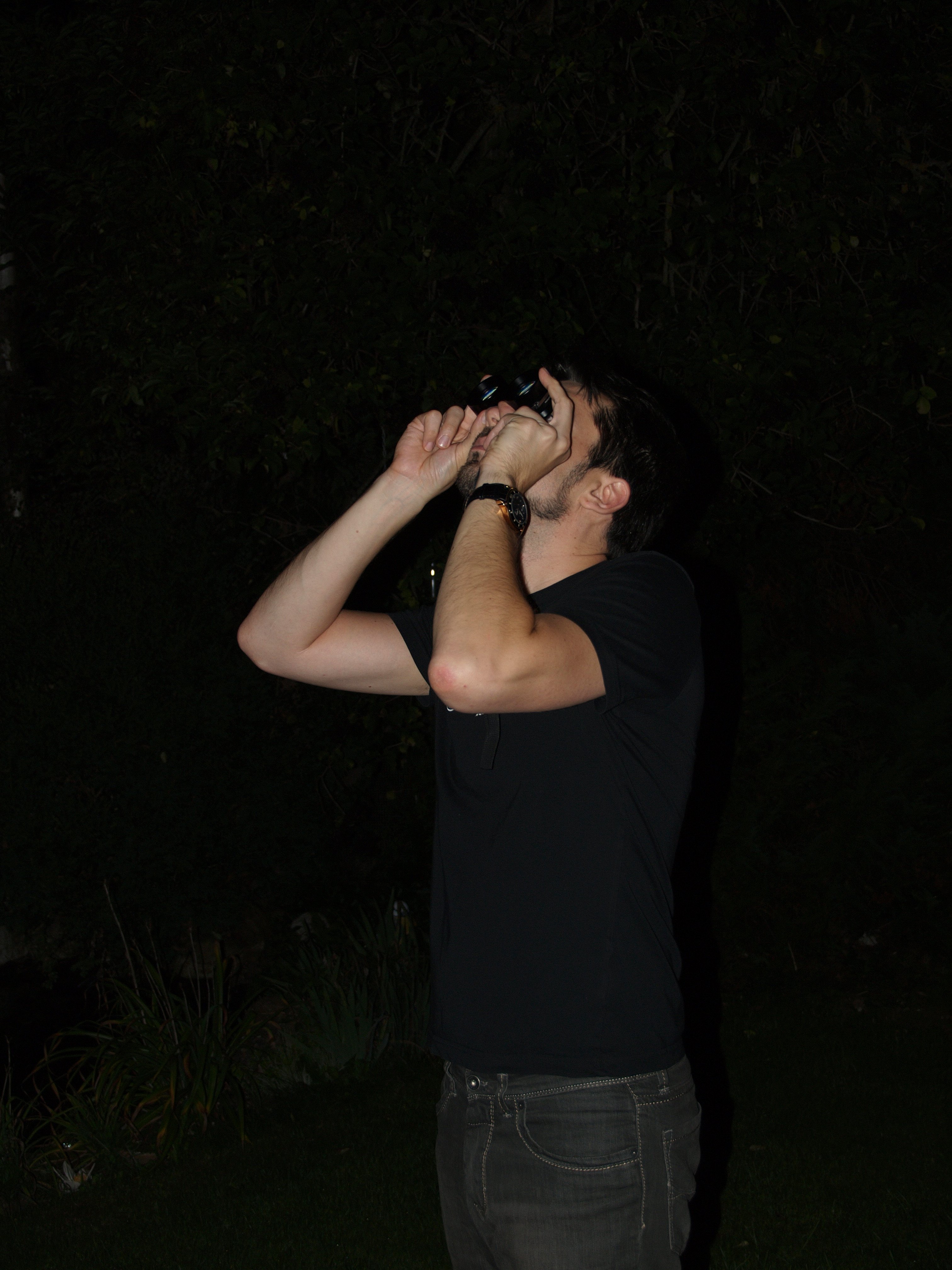
Can you only see shooting stars with the naked eye? As you may know, on a very dark night, the naked eye’s limiting magnitude is mag 6. Theoretically, we can then count up to 100 meteors per hour, while in reality there will be far fewer. The reason is that these 100 shooting stars are an assumed value, which could be reached under optimal conditions. In reality, however, such conditions do not occur, because often we do not have a pitch-dark sky and this high number would only apply if the radiant of the meteors was located right above our heads. As you see, theory and practice are often wide apart.
Would you like to see as much as possible, nonetheless? There is an option. Star field binoculars collect more light, and you can increase your natural limiting magnitude by around mag 1.5. Providing you are lucky enough to have a dark sky, you will be able to see yet more meteors that are otherwise not visible to the naked eye.
Star field binoculars are quite different to a telescope. Despite their high light gathering power, they provide relatively low magnification. You are able to enjoy a field of view of around 25 degrees. They are a wonderful supplement to observing with the naked eye.
Reporting fireballs to help research
There are frequently particularly bright meteors, which light up the sky for a short time and sometimes also leave trails of light behind them. The Perseids have a reputation for having a relatively large number of these so-called fireballs. But, with a little luck, they can also be seen on other nights. It helps astronomical research if the trails of these bright shooting stars are accurately recorded. And you can help: if you see a shooting star that appears brighter than the brightest stars, simply report the sighting. There are two online apps for this: the International Meteor Organization operates the platform fireballs.imo.net, and there is a German-language registration form to be found at https://www.meteoros.de/feuerkugel. Another app has been developed by the German Aerospace Centre under the name Skywatcher, which can be found at https://skywatcher.inetseite.de/ (not to be confused with the telescope brand of the same name!). Important when reporting a fireball: leave as little time as possible between sighting and reporting. This is because the memory of the details inevitably fades - and the more accurate the report, the greater the benefit.
If you have managed to take a photo, it’s best to send that as well. Especially bright fireballs leave meteorites behind, which are discovered by specialists - who knows, maybe in the future one will be discovered with your help! If you fancy it, you can even build an all-sky camera to record meteors.
Meteor astrophotography
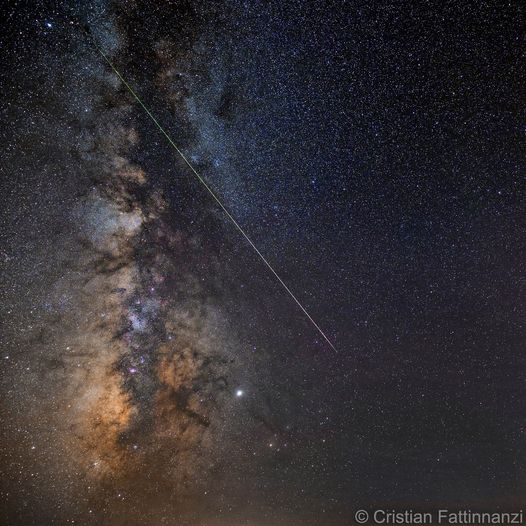 Image of a meteor by Cristian Fattinanzi
Image of a meteor by Cristian FattinanziA simple setup: a camera and the night sky. Meteor astrophotography is pretty straightforward. You can get started with just a static camera on a tripod.
A new astrophotography trend is a tracked wide shot in combination with the nocturnal landscape. This technique also has a name: astro nightscape photography. Meanwhile, a whole community of "nightscapers" has formed.
The equipment is simple: all you need is an astrotracker, a camera mount such as the popular Omegon MiniTrack LX3 or the MiniTrack LX Quattro, a camera and a tripod. Then you're ready to get started and combine your image of shooting stars with a beautiful background theme.
How do you pronounce "Perseïds" correctly?
A small detour into language studies: occasionally you see Perseids spelt with two dots above the i. Why is that so? This is a notation that occurs in Latin – a hiatus. For the Perseids, it has a deeper meaning.
In the English spelling, Perseids, the double vocal is not always correctly pronounced. The version with the ï is more helpful as it tells the reader to pronounce the letters individually, that is, the i separately and not together with the e.
So now I wish you clear skies and lots of observing fun.
FAQs
When can I observe the Perseids?
The Perseids can be observed every year in August. The maximum occurrence takes place from 11th to 12th or from 12th to 13th August. You can also see the Perseids during the period from 17th to 24th August. Experts recommend continuing to observe them, once the peak has passed.
What do I need to observe the Perseids?
It is best to observe the Perseids from a location with little light pollution. Binoculars or a telescope are not necessary, but star field binoculars can be a great addition.
What about the weather during the evening of the shooting stars?
The weather may vary over the course of the evening. With apps like Meteoblue or Clear Outside, you can check the cloud level for your observation location.
What is the difference between meteors and meteorites?
Meteors or shooting stars are streaks of light in the sky that glow in the atmosphere at an altitude of about 70 kilometres. Meteorites are larger fragments that reach the Earth's surface.
Recommended products
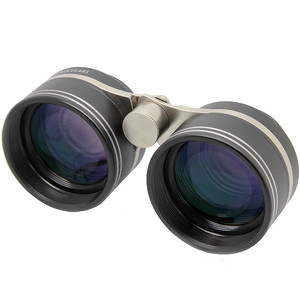
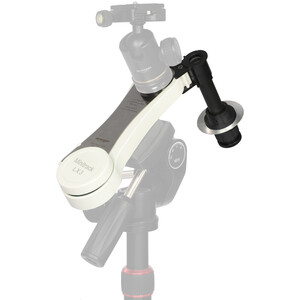
Author: Marcus Schenk
Marcus is a stargazer, content creator and book author. He has been helping people to find the right telescope since 2006, nowadays through his writing and his videos. His book "Mein Weg zu den Sternen für dummies Junior" advises young people, and those who are still young at heart, what they can discover in the sky.
As a coffee junkie, he would love to have his high-end espresso machine by his side under the starry sky.

